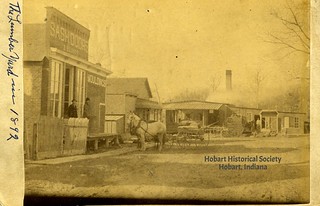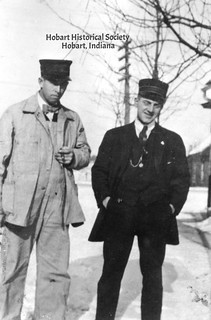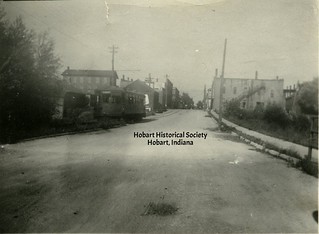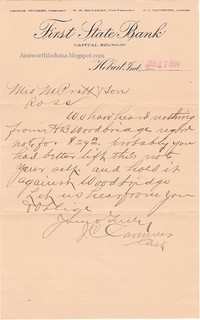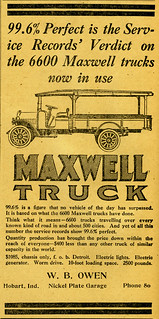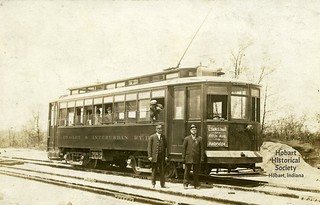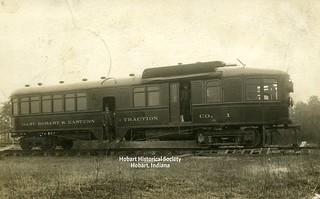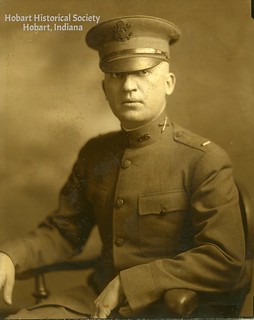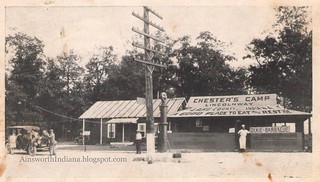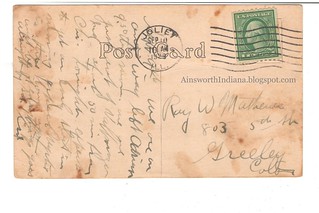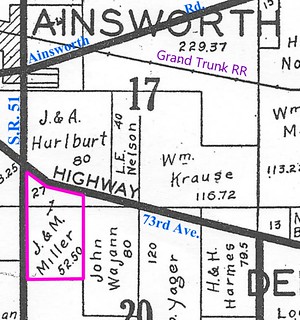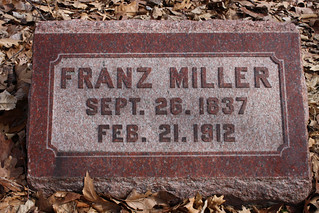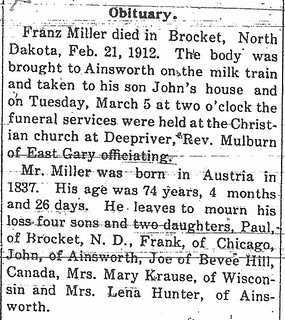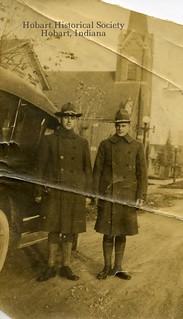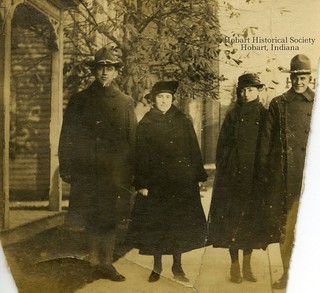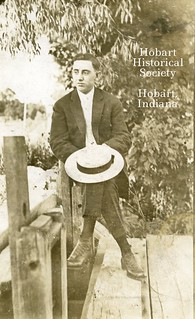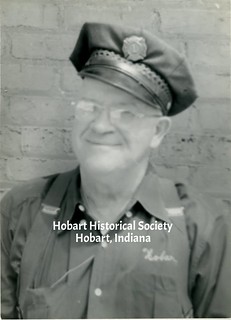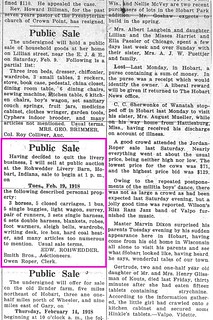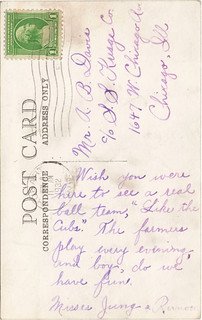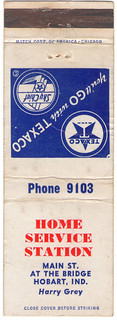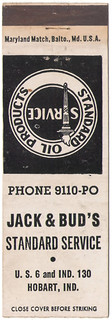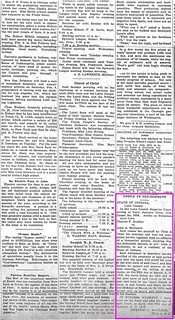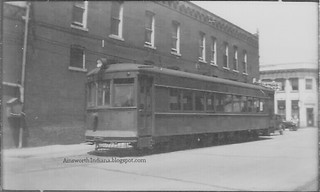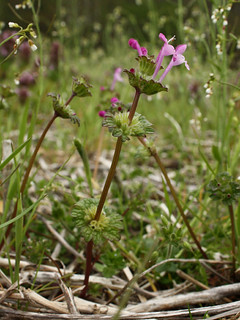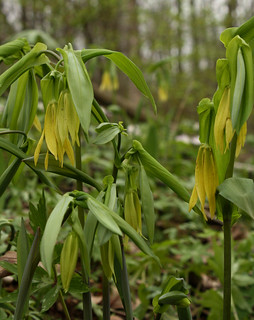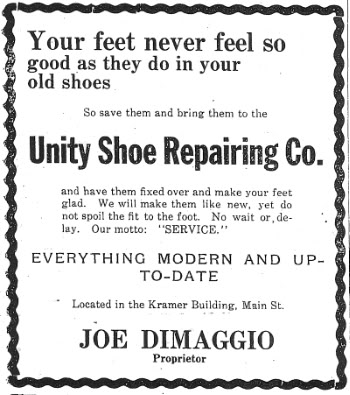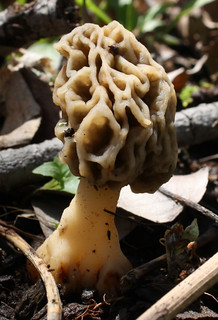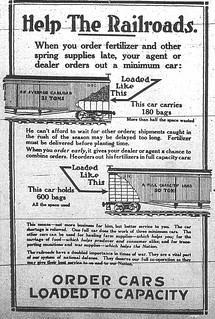As 1918 opened, those Hoosiers who earned their living from the sale of liquor were watching the clock wind down toward April 2, 1918, the day Indiana would go dry.
In mid-February a ray of hope beamed up from near the state's southern border. The F.W. Cook Brewing Company brought suit in the Vanderburgh County superior court seeking to restrain Evansville's chief of police from enforcing the Indiana prohibition law when it went into effect.
Judge Fred M. Hostetter heard the case and ruled in the brewers' favor, on the basis of venerable case law — the 1855 decision in
Beebe v. State, in which the Indiana Supreme Court had struck down an early legislative attempt at state-wide prohibition. Judge Hostetter said that his ruling applied the principle established in
Beebe that "by the very Constitution now in force the people did not empower their legislature to enact any law prohibitory of the proper and temperate use of alcoholic beverages."
Naturally, the Evansville side of that case appealed to the supreme court.
And just as naturally, a wave of optimism swept over Indiana's saloonkeepers. As the
Gazette pointed out, the women's suffrage law had not survived the supreme court; the general attitude toward the prohibition challenge now viewed it as "a fifty-fifty question with odds in favor of the 'wets.'"
Liquor licenses in the state would expire on April 2, the same day the prohibition law was scheduled to go into effect. But a blizzard of license-renewal notices in the early March newspapers gave evidence of the hopeful mood of local saloonkeepers, including Ainsworth's William F. Wollenberg. In March the Lake County Commissioners granted 38 licenses — valid for one month.
On the other side, the dry forces were equally confident. The Rev. Edward S. Schumaker, superintendent of the Indiana Anti-Saloon League, pointed out several court cases within the last 30 years that he believed superseded the 1855
Beebe decision. The
county option law, which had allowed prohibition on the county level, had survived constitutional challenge. "There can be no doubt," Schumaker said, "that the Indiana supreme court will sustain the new prohibition law."
By coincidence, the supreme court heard the case on April 2. Both sides presented their arguments, then the justices retired to think about it.
While they thought about it, prohibition became the law of the state — outside Vanderburgh County, at any rate. All liquor licenses had expired at the close of business on Tuesday, April 2. That deadline passed with little excitement in Hobart, aside from some saloon patrons taking "a long last draught in anticipation of a long dry spell." Wednesday dawned with "the saloons all closed tight and the prohibition law in full force and effect." While the
News stated that liquor dealers had ten days in which to remove their stocks from the state, the
Gazette suggested that there would be no enforcement of that requirement pending the supreme court's decision (which was expected within ten days). Some saloons owners now kept their doors open, selling "near beer," soft drinks and cigars to stay afloat until, they hoped, they could get back to selling the real stuff.
Ten days passed with no decision from the supreme court. The justices announced that they were going on vacation until April 23. They might not rule until sometime in May.
In Hobart, Charles Klausen, Jake Ittel and Henry Ittel lost hope. They closed their businesses and removed the furniture and fixtures.
Others kept their spirits up, and waited.
Sources:
♦ Ashanin, Michael. "Beebe Temperance Case." The Encyclopedia of Indianapolis. (David J. Bodenhamer and Robert G. Barrows, eds.) Bloomington: Indiana University Press, 1994.
♦ "'Dry' Law Before Supreme Court." Hobart Gazette 22 Mar. 1918.
♦ "Have You a Prediction?" Hobart Gazette 22 Feb. 1918.
♦ "Indiana Became Bone Dry at Midnight, April 2nd." Hobart News 4 Apr. 1918.
♦ "Local and Personal." Hobart News 18 Apr. 1918.
♦ "Local Drifts." Hobart Gazette 29 Mar. 1918.
♦ "No Supreme Court Decision." Hobart Gazette 19 Apr. 1918.
♦ "Notice of Extension and Renewal of Liquor License." Hobart News 7 Mar. 1918.
♦ "Prohibition Law Held Unconstitutional." Hobart Gazette 22 Feb. 1918.
♦ "Saloonkeepers Advertise for Renewal of Their Licenses." Hobart News 7 Mar. 1918.
♦ "Saloons All Closed." Hobart Gazette 5 Apr. 1918.
♦ "State Goes Dry April 2." Hobart Gazette 15 Mar. 1918.
♦ "'Wets' Win First Round in Their Fight Against Closing Law." Hobart News 14 Feb. 1918.


